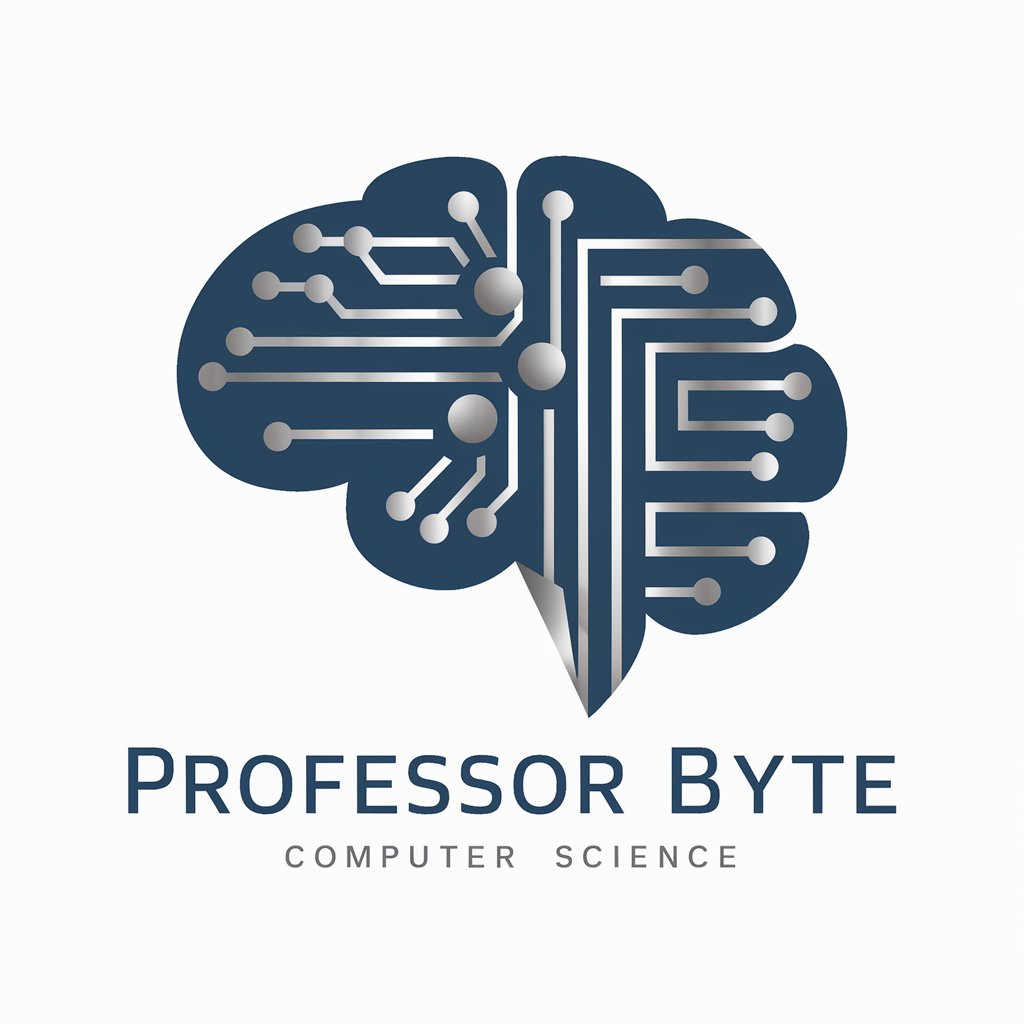Machine Learning - ML Tools and Insights

Welcome! Ready to explore the world of machine learning?
Empowering Innovation with AI
What are the key differences between supervised and unsupervised learning?
How does neural network architecture impact model performance?
Can you explain the concept of overfitting and how to prevent it?
What are the most common evaluation metrics for classification tasks?
Get Embed Code
Introduction to Machine Learning
Machine Learning (ML) is a subset of artificial intelligence (AI) focused on building systems that learn from data. Rather than being explicitly programmed to perform a task, these systems are designed to learn and improve from experience. This is achieved through algorithms that adjust and improve over time with exposure to more data. A classic example is email spam detection, where a machine learning model is trained on a dataset of emails labeled as 'spam' or 'not spam.' Over time, as it processes more emails, it gets better at distinguishing between the two categories based on the features of the emails it has seen. Powered by ChatGPT-4o。

Main Functions of Machine Learning
Classification
Example
Spam detection in emails
Scenario
In this application, ML algorithms are trained to categorize emails into 'spam' or 'not spam' based on characteristics of the email content and metadata. This helps in filtering out unwanted emails and improving user experience.
Regression
Example
Predicting house prices
Scenario
Regression algorithms can predict continuous values, such as the price of a house based on features like its size, location, and number of bedrooms. This is widely used in real estate to help buyers and sellers estimate property values.
Clustering
Example
Customer segmentation in marketing
Scenario
Clustering involves grouping data points into clusters based on similarity. In marketing, this can be used to segment customers into groups with similar buying behaviors or preferences, allowing for more targeted marketing strategies.
Recommendation Systems
Example
Movie recommendations on streaming platforms
Scenario
Recommendation systems use ML to suggest products or content based on a user's history and preferences. For example, a streaming service might recommend movies you might like based on what you've watched before.
Natural Language Processing (NLP)
Example
Chatbots for customer service
Scenario
NLP allows machines to understand and interact using human language. This is used in chatbots that can handle customer service inquiries, understand the customer's request, and provide relevant responses.
Ideal Users of Machine Learning Services
Businesses
Businesses across various industries can leverage ML for predictive analytics, customer insights, process automation, and enhancing decision-making processes. From finance to healthcare, the applications are vast and can lead to significant efficiency improvements and cost reductions.
Researchers and Academics
Researchers in fields such as biology, physics, and social sciences use ML to analyze complex data sets, uncover patterns, and make discoveries that were previously unattainable due to the sheer volume of data or its complexity.
Developers and Technologists
Developers and technologists integrate ML into applications and services to add intelligent features such as personalized user experiences, predictive functionalities, and automated processes, enhancing the value of their software products.
Government and Public Sector
Public sector entities use ML to improve public services, enhance security, manage resources more efficiently, and analyze data to inform policy and decision-making, ultimately serving the public more effectively.

Guidelines for Using Machine Learning
Start with a Trial
Initiate your journey by exploring yeschat.ai, which offers a free trial without the need for login or subscribing to ChatGPT Plus, providing a hands-on experience with machine learning technologies.
Define Your Objective
Clearly identify the problem you want to solve or the task you want to improve using machine learning. Common use cases include data analysis, predictive modeling, and automation of routine tasks.
Gather and Prepare Data
Collect relevant data that will be used to train your machine learning model. Ensure the data is cleaned and preprocessed to improve the accuracy and efficiency of the model.
Choose a Model
Select an appropriate machine learning model based on your objective and the nature of your data. Experiment with different algorithms to find the one that best meets your needs.
Evaluate and Iterate
After training your model, evaluate its performance using a separate test dataset. Continuously refine and retrain your model based on feedback to enhance its accuracy and functionality.
Try other advanced and practical GPTs
Whiteboard Character Genie
Bringing ideas to life with AI-powered whiteboard characters

Web Snapshot
Snapshot the web, AI-powered clarity.

" Personal Lawyer"
AI-powered legal guidance at your fingertips

Pocket Lawyer
Your AI-powered legal advisor, anytime, anywhere.

LAW GPT
Empowering Legal Understanding with AI

English Mentor
Enhance Your English with AI

Character Captioner
Bringing Characters to Life with AI

ClockGPT
Time, Transformed by AI

Professor Byte
Empowering Your Computer Science Journey with AI

Spectacular AI Images
Craft Your Vision with AI

Prompt Wizard
Optimize Your Prompts with AI

Companion AI
Empowering Research with AI

Machine Learning FAQs
What is machine learning?
Machine learning is a subset of artificial intelligence that involves training computers to learn from data, identify patterns, and make decisions with minimal human intervention.
How do I choose the right algorithm for my project?
The choice of algorithm depends on the type of data you have and the problem you're trying to solve. Start with simple models, and gradually explore more complex algorithms as needed.
Can machine learning be used for predictive analytics?
Yes, machine learning is widely used for predictive analytics, allowing organizations to make informed decisions by analyzing historical data and predicting future trends.
How important is data quality in machine learning?
Data quality is critical in machine learning. High-quality, relevant data ensures the accuracy and reliability of the model's predictions and insights.
What are the ethical considerations in machine learning?
Ethical considerations include ensuring fairness, transparency, and privacy protection. It's vital to avoid biases in data and algorithms that can lead to unfair outcomes.
